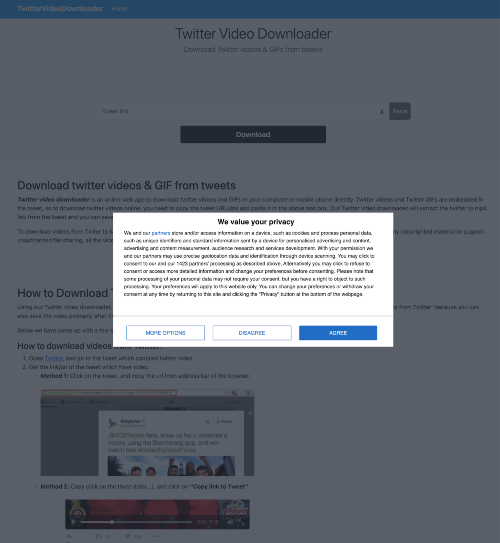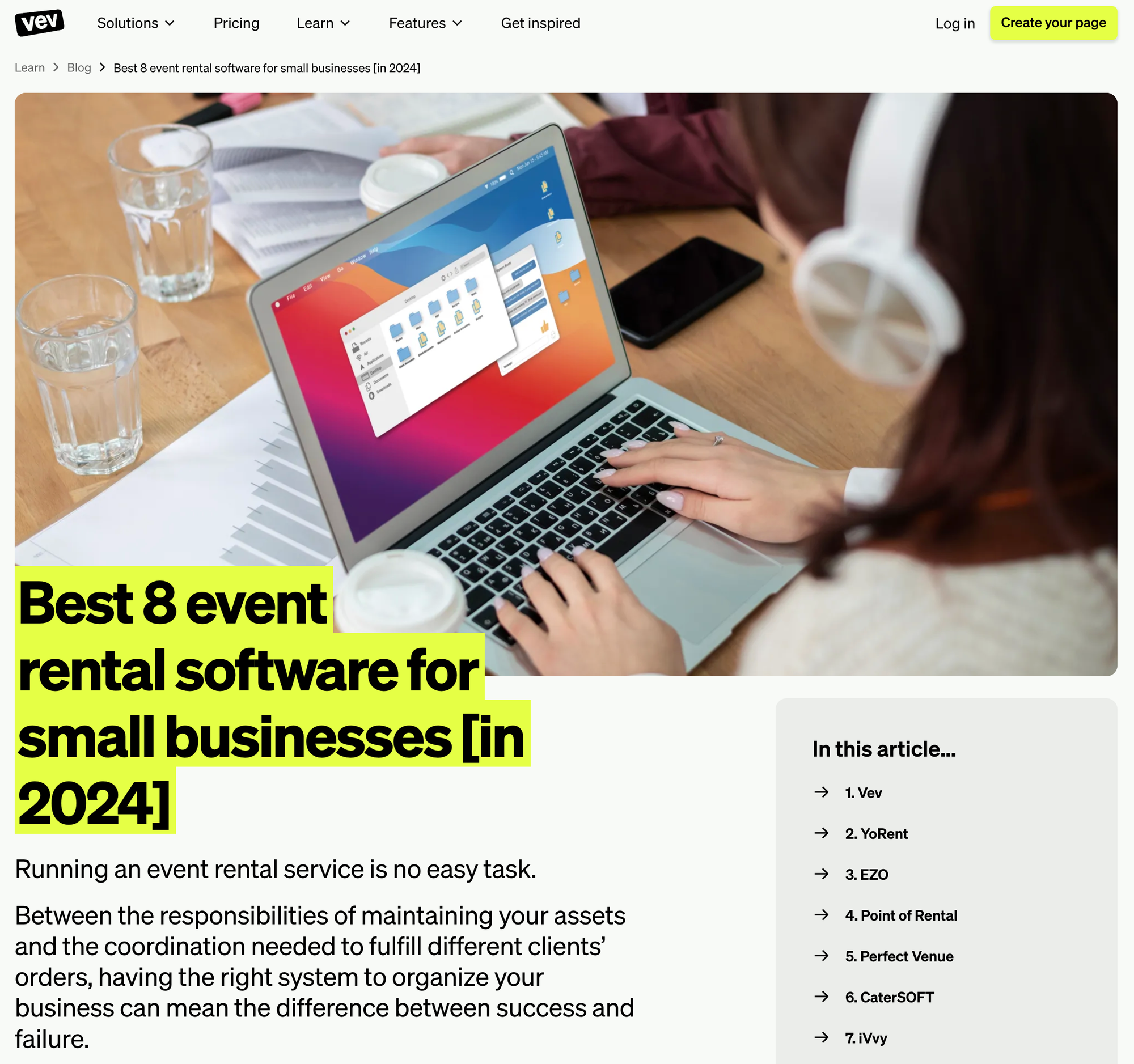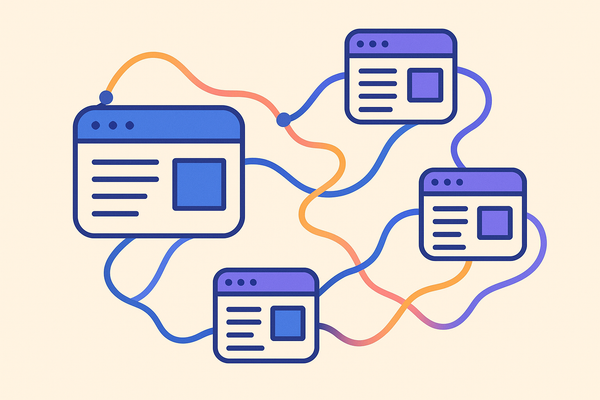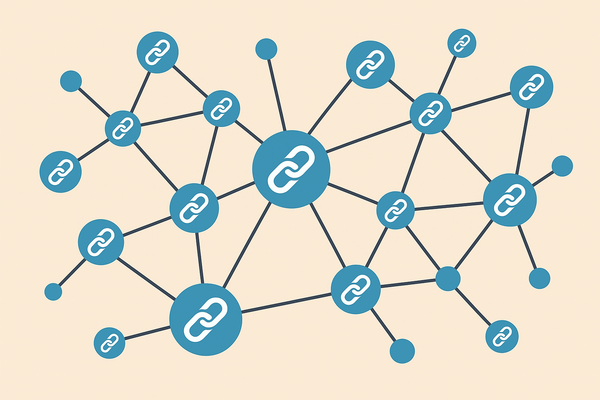5 secrets from my SaaS SEO Agency

I’ve seen how successful SaaS wins over others, and it is rarely due to their SEO strategy only. There's much more to it.
Some SaaS entrepreneurs think that SEO is a game that can be played only on a word processor: “Create good content, and you will rank.”
However, the SaaS war is getting complex in the rankings. Heavy ammo is being used, and you can’t win if your SaaS is copying other startups’ strategies while neglecting what matters the most: your customers.
So, let's make a deal: you read this article and start implementing at least 3 of the 5 things I mention to start ranking your SaaS high the SERPs (Search Engine Results Page)
What you'll learn in this article:
- Fundamental needs of your users
- Knowledge and Education, the definitive flywheel
- Unbundling features and using them as free tools
- Free Tools that your leads can use daily
- SEO SaaS Templates with programmatic SEO on SCALE mode
1 - Fundamental needs of your users
Understanding your user’s fundamental needs is your most important task.
Let’s suppose you’re a Twitter Scheduler Software.
If you focus on the “schedule” feature, you are simply commodity software—because many others do the same. And it’s OK to be a commodity in certain businesses, but you are working on your SaaS daily, so why not be better than that?
As a Twitter Scheduler, you want to understand why users need a tool like yours: Do they want to grow their followers? Save mental bandwidth? They don’t want to forget? Do they want to be efficient? Maybe all of those?
Once you understand your customers’ fundamentals, you’ll better understand how to serve them, thus increasing your odds of success.
You'll then need to map these topics to help you build your content roadmap and achieve content velocity; the more content you have, the better you can gain topical authority.
Your users will look out for your knowledge in the industry, far more than just simply scheduling their posts with your tool.
2 - Knowledge and Education, the definitive flywheel
Most SaaS requires educating their customers for a better user experience, and there are many ways to do that: you can inform your customers with insight about their industry, learn how things are done, or teach them how to use your product. Maybe these three content examples can work for your Startup.
When you create highly relevant content pieces for your industry, you will become an authority. By being so, you’ll earn the chance to create ripples around your organization’s thought leadership, which will benefit your project.
See this article you’re reading as an example. The idea is to educate you on a specific topic within your industry. In helping you craft a better SEO strategy, my SEO agency has a better chance of getting you as a customer. And if you’re not ready yet to be my client, I’ll be sowing the seed of being the go-to reference for SaaS SEO.
Now, that’s not where things end.
Sure, you can create an educational post here and there, but what will rock your world (and your customers’) is creating linkable assets: a course published on Youtube, a PDF, or an ebook your customers can read online.
If your content is thoughtful and insightful, you’ll likely attract organic links and thus gain an advantage over your competitors.
Lemlist is a good example on how to educate your customers.
From their blog to their online Academy, they’ve been helping others succeed at cold email with or without their software. With the content they create, they get the chance to rank in SEO and “evangelize” readers via their SEO > email > academy > conversion > growing MRR.
3 - Unbundling features and using them as free tools
By unbundling your features and getting everyone to try them for free, you get an east-to-develop touch point with your audience: SEO and familiarization with your brand.
And more importantly, they’ll be using your tools in the context of their business.
If you are a good developer or have a good dev team, it will not be difficult to spin “free” unbundled versions of the features from your SaaS.
They are also great examples of what you can do for your customers so they can consider you should they ever need a better version of your free tool.
Free tools are a great way to promote your brand and allow potential customers to test the quality of your work before committing.
Most “Free Tools” you can find were done by people trying to do some banking with ads, so simple things like an uncluttered tool can give you an edge over competitors crowding the first positions with bad UX / UI.
Just look at a keyword like “Twitter Video Downloader” and compare the 1-10 top results. Most of them are not mobile-ready and are full of Ads and pop-ups, etc.
Compare the photo below with this tool to download Twitter videos. How long until we see the linked one ranking in the top 3? Not much I'd say.

4 - A Free Tool that your customers use daily
A free tool is cool, but you know what's better than a free tool? A free tool that your users can use daily to familiarize themselves with your SaaS until they convert.
— Flavio Amiel (that's me!)
Ideally, you can find a tool your customers can use “for free” on a daily basis.
When I started doing SEO, I needed tools to track changes and conduct keyword research.
I started using Semrush’s tools and their daily “free” usage—a few months later, when I could afford a tool like this, the decision was easy to make.
This is exactly what we do with our free SEO tools at swiftbrief.com - We do limit the usage, especially for the SEO content briefs (these are expensive to run), but you get used to our environment, and the moment you consider some of the tools we offer, you’ll be ready to buy from us.
5 - SEO SaaS Templates, but on SCALE mode
Ah, the famous “templates” for SaaS. Amazing when used along a specific SaaS SEO Checklist.
You can get the “A vs B”, the “Best alternatives to ($Brand)”, we’ve tried them all, and they work. Every. Single. Time.
I like doing these as pSEO (programmatic SEO), in a Human Edited manner.
As a matter of fact, we’ve set a few ones for our clients, the way we like doing these: as interrelational database that can be combined in different ways.
For example, before doing a “Competitor A vs. Competitor B” we build a list of hundreds of entities (Competitors A to Z) and then combine them in different templates.
For example: “XX Best (Category) for (Relevancy)”, ,and also “Competitor A vs Competitor B”, and also “Best Alternatives to X”, etc. It’s a great way to build valuable information for the end user.

Anyhoo, hope I didn’t lose you there with that explanation, but here are some of the most common ones we’ve used in the past with success:
X Best {Product Category} in 2024
- X Best Project Management Tools in 2024
- X Best CRM Software in 2024
- X Best Email Marketing Tools in 2024
{Competitor} vs {Your Product}: Which Should You Use in 2024? (or “{Competitor A} vs {Competitor B}”
- Asana vs. Monday.com: Which Should You Use in 2024?
- Salesforce vs. HubSpot: Which Should You Use in 2024?
- Mailchimp vs. Constant Contact: Which Should You Use in 2024?
X Best {Competitor} Alternatives for {Pain Point} in 2024
- X Best Trello Alternatives for Project Management in 2024
- X Best HubSpot Alternatives for Marketing Automation in 2024
- X Best Zoom Alternatives for Virtual Meetings in 2024
X New {Relevant Topic} Statistics for 2024
- X New Email Marketing Statistics for 2024
- X New SaaS Trends for 2024
- X New Digital Marketing Statistics for 2024
{Relevant Topic} vs {Relevant Topic}: What’s the Difference?
- SEO vs. SEM: What’s the Difference?
- Inbound Marketing vs. Outbound Marketing: What’s the Difference?
- Agile vs. Waterfall: What’s the Difference?
Alright, that's it for now. I hope this article gave you further insight on how to action a cool SEO strategy that is ahead of your competitors.
Now, if you want to ensure that your competitors bite the dust, feel free to self-asses your SEO score and I will contact you ASAP.
Or if you prefer to get your team educated, you can check my SEO workshop for teams




